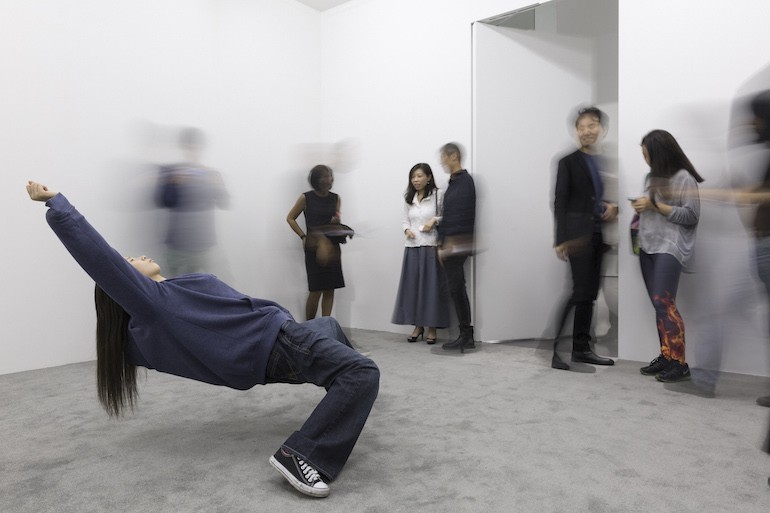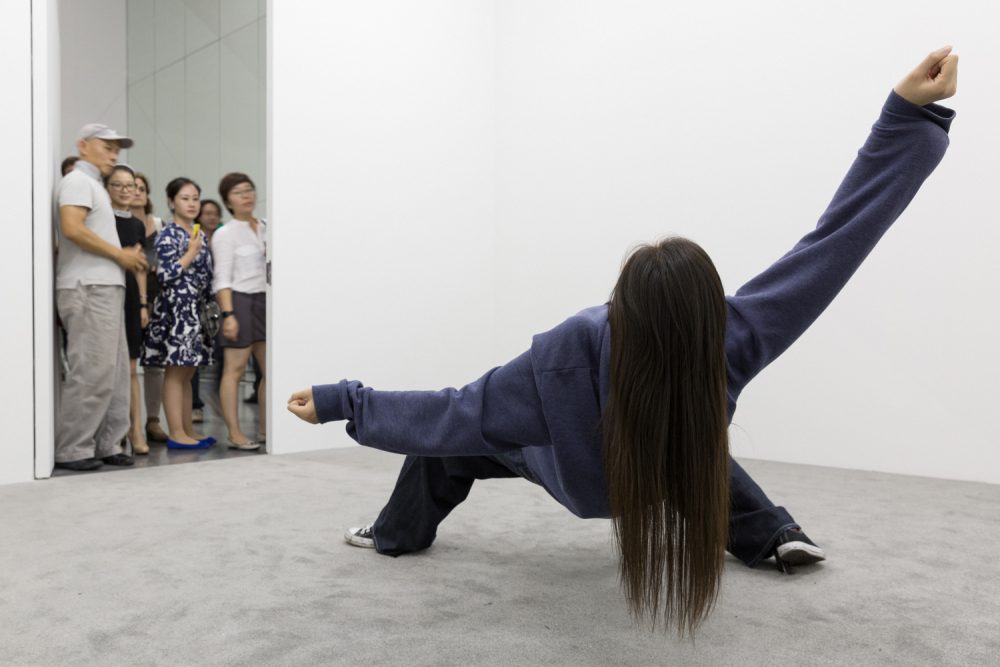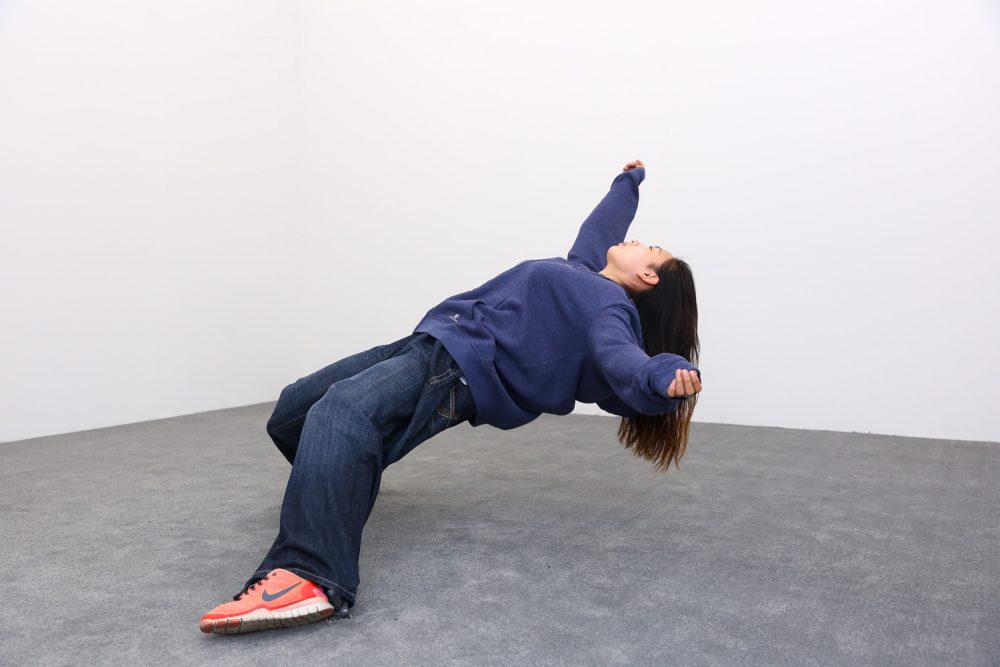-
2015.09.25-2015.11.08
Long Museum, Shanghai, China15 Rooms, is a major live-art exhibition curated by Klaus Biesenbach— Director of MoMA PS1 and Chief Curator at Large at The Museum of Modern Art—and Hans Ulrich Obrist—co-director of the Serpentine Gallery—the exhibition features performative works by artists spanning different generations and continents.
For the 2015 edition, one more work than the previous edition at Art Basel will be presented in the architectural environment conceived by Herzog & de Meuron. For the 2015 edition, curators will invite 15 international and Chinese artists to activate a room each, exploring the relationship between space, time and physicality with an artwork which uses human beings as ‘material’. Giving visitors an insight into a more performative and interactive practice, visitors encounter a new situation inside each of the 15 rooms, engaging in a diverse series of immersive and intimate experiences. By bringing to Shanghai this singular project, the Long Museum West Bound reflects on the blurring of the line between audience and artwork, while embracing the belief that visual artists can just as well create their artworks by working with human beings as by deploying bronze, canvas, inkjet, oil paints, video or any other method of physical production.As the curators declared, the concept for the show developed from the idea that live art can also be sculpture and have a duration similar to that of a physical object; that is, last from morning to night, throughout the opening hours of the museum. But when the last visitors leave, when the gallery closes its doors for the evening, the sculpture will all walk out as well. 15 Rooms also reflects on how performative art can create the possibility of an exhibition that might be restaged later, of something that can be reproduced endlessly. Art can travel over time not just through objects and not just through documentation. Paintings have always been a lasting, valued art form. Instructional art creates a valid possibility for art to travel and last. 15 Rooms is like this: from the basic text it can be restaged in different places all over the world and it can also take place again in 50 years’ time, or when we will all be dead in 100 years time.
Slowness it is not only important for the curatorial process but also for the experience of the 15 Rooms exhibition. The experience of 15 Rooms creates the opposite of the acceleration that characterise the way in which visitors pass through exhibition: it is a deceleration. Movement is slowed down by the fact that you have to open the door—it’s like entering into somebody house.It is an intimate encounter.
Herzog & de Meuron’s purpose built architecture plays a crucial role in shaping the exhibition, serving as the interstitial structure tying together a series of intimate experiences in the space of the Museum. The idea is not only focused on what happens in the exhibition, but also on what occurs around an exhibition. What interested the curators and the architects was the idea of opening up towards the outside, the creation of public spaces, and how it is possible to create such spaces.
First presented as 11 Rooms in July 2011 as part of Manchester International Festival, the exhibition was originally commissioned by Manchester International Festival, the International Arts Festival RUHRTRIENNALE 2012-2014 and Manchester Art Gallery. The project was then shown as ‘12 Rooms’ at the International Arts Festival RUHRTRIENNALE 2012-2014, as ‘13 Rooms’ by Kaldor Public Art Projects at Pier 2/3 in Sydney’s Walsh Bay in April 2013, and as ‘14 Rooms’ by Art Basel in June 2014. For each edition, the artists list partially changed.




